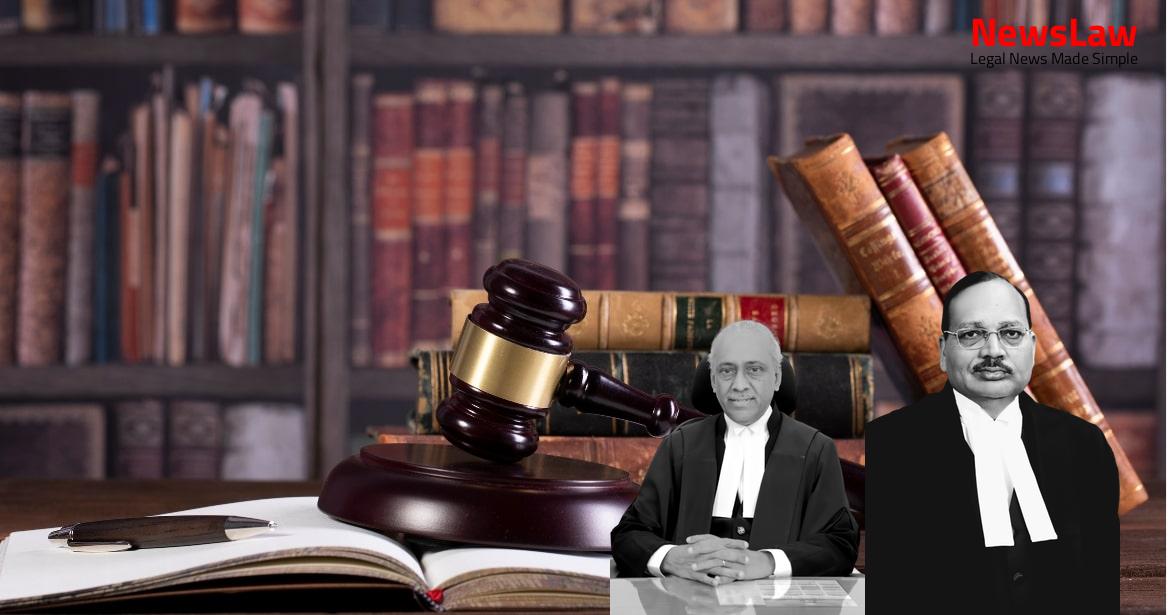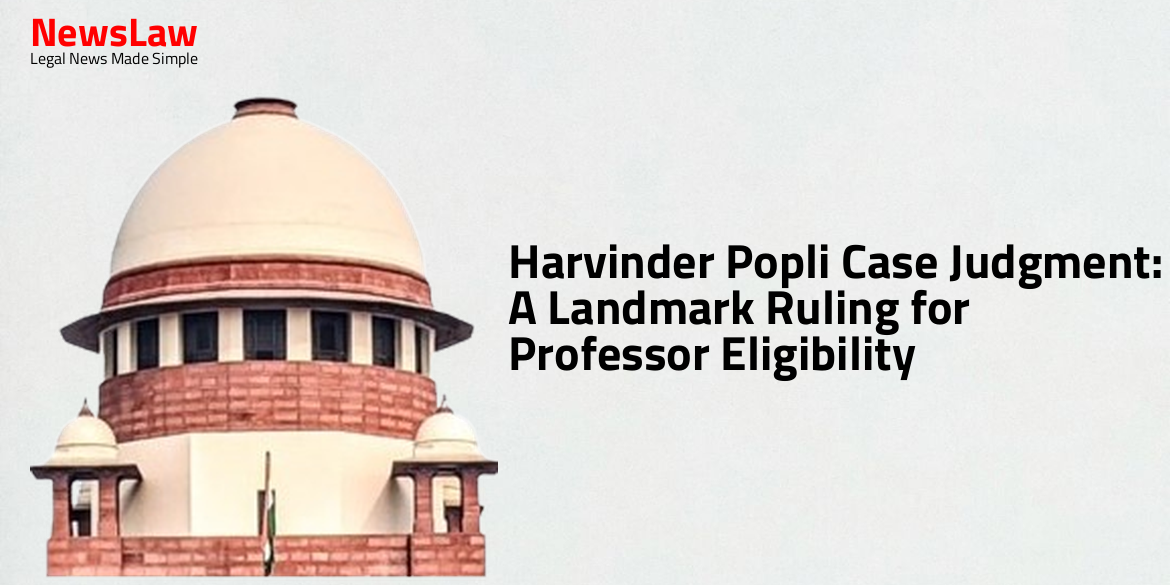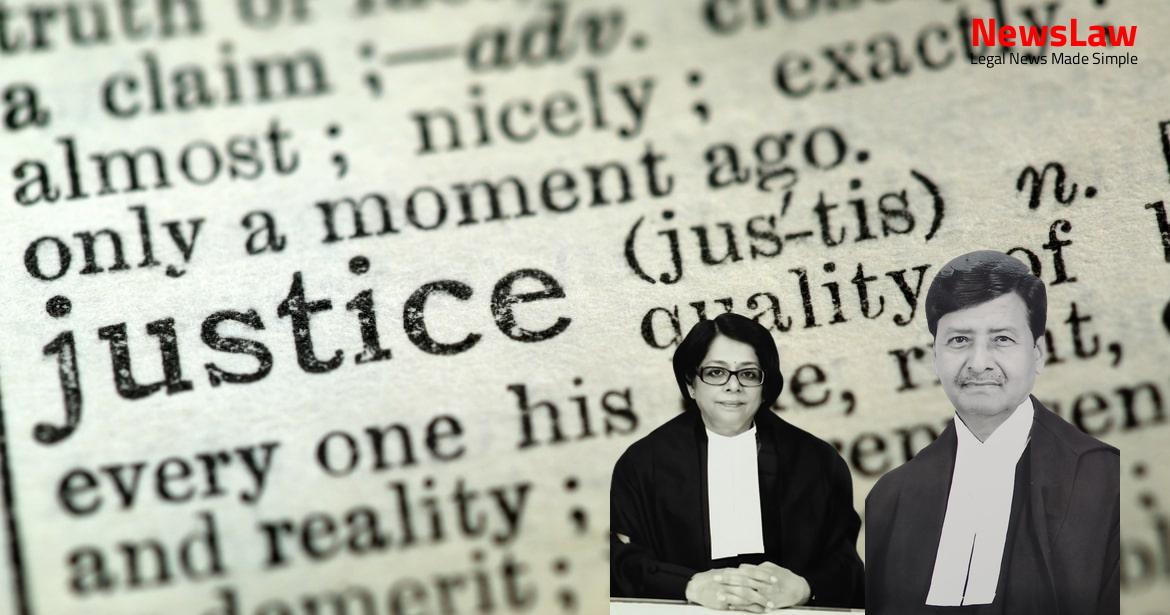Exploring the complex interplay between limitation laws and commercial insolvency, the Supreme Court of India delivered a significant verdict in the case of IL&FS vs. La-Fin. This case revolves around the timing of a winding up petition filed by IL&FS against La-Fin, raising crucial questions about the applicability of the limitation period. Let’s delve into the details of this case and the Supreme Court’s ruling.
Facts
- IL&FS issued a statutory notice to La-Fin claiming a due amount of INR 232,50,00,000/-
- La-Fin disputed the claim and stated it was commercially sound
- A winding up petition was filed by IL&FS against La-Fin in Bombay High Court under Section 433(e) of the Companies Act, 1956
- IL&FS called upon La-Fin to purchase shares in MCX-SX but La-Fin replied stating no legal obligation
- The winding up petition was admitted by NCLT as an application under Section 7 of the Insolvency and Bankruptcy Code, 2016
- NCLAT dismissed the appeal by Shri Jignesh Shah, agreeing with the NCLT that the transaction fell within the meaning of ‘financial debt’
- Writ Petition (Civil) No.455 of 2019 was filed challenging the constitutionality of certain provisions of the Code
- A learned Single Judge of Bombay High Court passed an injunction order restraining La-Fin from alienating its assets
- Appeal against the injunction order was dismissed by a Division Bench of Bombay High Court
- IL&FS filed a suit for specific performance against La-Fin for not honoring the Letter of Undertaking
Also Read: Land-Grabbing Conspiracy Case: Supreme Court’s Landmark Judgment
Arguments
- The plaintiff argues that the statute of limitations under Puerto Rico law allows for interruption by suing on the claim.
- Citing High Court judgments and judgments from the United States and England, the plaintiff asserts that filing a suit for specific performance does not affect the limitation period for a winding up petition.
- The plaintiff highlights the statutory notice under Sections 433 and 434 sent by IL&FS, emphasizing that the Winding up Petition date of default was beyond the three-year cause of action period.
- Senior Advocate for the Respondents IL&FS argues that the cause of action for the suit and the winding up petition are separate.
- Citing a Bombay High Court judgment, IL&FS’s Senior Advocate contends that the Winding up Petition filed was within the limitation period.
- The Winding up Petition transferred to the NCLT was filed beyond the three-year period from the cause of action, making it time-barred according to the Plaintiff’s argument.
- Relying on the judgment in B.K. Educational Services Pvt. Ltd., the cause of action for the Winding up Petition could not be extended by virtue of the transfer to a Section 7 petition under the Code.
- The winding up petition cannot be filed to recover a debt but is a proceeding ‘in rem’ related to commercial insolvency of the company.
- The cause of action for filing the Winding up Petition arose in 2015/2016 after specific events including the arrest of Shri Jignesh Shah and the fall in La-Fin’s assets value.
- Several judgments were relied upon to support the argument regarding the timing of the Winding Up Petition.
- The suit filed by IL&FS in 2013 for specific performance of the Letter of Undertaking kept alive the debt owed to the client, making the Winding up Petition timely despite being filed later.
- Limitation is considered a mixed question of fact and law, suggesting a possible remand of the matter to the NCLT for determination.
Also Read: Limitation Period Clarification: B.K. Educational Services Pvt. Ltd. vs. Parag Gupta & Associates
Analysis
- The court examines whether the winding up petition was filed within the limitation period.
- The law of limitation applies to winding up petitions.
- The trigger for limitation is the default in payment of debts.
- The application of the SARFAESI Act beyond limitation would not be saved by pending proceedings under the Recovery of Debts Act.
- The intent of the Code was not to revive time-barred debts.
- The court looks into whether the debt is disputed in determining neglect to pay under Section 434(1)(a) of the Companies Act, 1956.
- The filing of a suit does not extend the limitation period for a winding up proceeding.
- The limitation period should be counted from the date of default in payment of debts.
- A winding up petition cannot be filed after the period of limitation, even if a suit for recovery has been initiated.
- The legislature did not contemplate enabling creditors to resurrect time-barred claims through the Code.
- The law of limitation aims to prevent the disturbance or deprivation of acquired rights by long enjoyment.
- The justification for statutes of limitation includes preventing cruelty of long-dormant claims, loss of evidence for the defendant, and encouraging diligence in pursuing valid claims.
- A time-barred debt cannot be recovered through proceedings under the Kerala Revenue Recovery Act of 1968, as per case law.
- The existence of statutes of limitation is based on the policies of ‘repose’ or ‘peace’ in legal matters.
- An order under 433(e) of the Companies Act, 1956 is discretionary and the court considers the wishes of all creditors before winding up a company.
- The policy underlying statutes of limitation includes preventing cruelty of long-dormant claims, loss of evidence, and encouraging diligence in pursuing just causes of action.
- Section 433(e) and Section 434 of the Companies Act, 1956 are crucial in determining when a company may be wound up by the Tribunal.
- Section 433(e) states that a company may be wound up by the Tribunal if it is unable to pay its debts.
- Section 434 outlines the circumstances under which a company shall be deemed unable to pay its debts.
- Under Section 434(1), a company is deemed unable to pay its debts if a creditor to whom the company owes a sum exceeding one lakh rupees has served a demand for payment which the company neglects for three weeks.
- Additionally, a company is deemed unable to pay its debts if a court-issued execution or process in favor of a creditor is returned unsatisfied, or if the company is proven to be unable to pay its debts to the satisfaction of the Tribunal.
- Section 434(2) specifies the requirements for a valid demand under Section 434(1), including authorization by the creditor or their legal representative.
- Transfer of winding up proceedings to NCLT based on default date of 19 August, 2012.
- Three years had passed since the default date when the Winding up Petition was filed on 21 October, 2016.
- No pleading or averment of the company’s substratum disappearing or commercial insolvency in the petition.
- Lack of assertion that the Company’s substratum has disappeared or that it is commercially insolvent.
Also Read: Supreme Court Judgement: Determination of ‘Seat’ of Arbitration Proceedings
Decision
- Special Leave Petition (Diary No.13468 of 2019) and Transfer Petition (Civil) No.817 of 2019 have been disposed of as they are infructuous.
- Impugned judgments of NCLAT and NCLT have been set aside.
- Civil Appeal (Diary No.16521 of 2019) is allowed.
- Writ Petition (Civil) No.455 of 2019 is disposed of by holding that the Winding up Petition filed on 21 October, 2016 is time-barred as it is beyond the period of three years mentioned in Article 137 of the Limitation Act.
- The Winding up Petition cannot be proceeded with any further.
Case Title: JIGNESH SHAH Vs. UNION OF INDIA
Case Number: W.P.(C) No.-000455 / 2019



